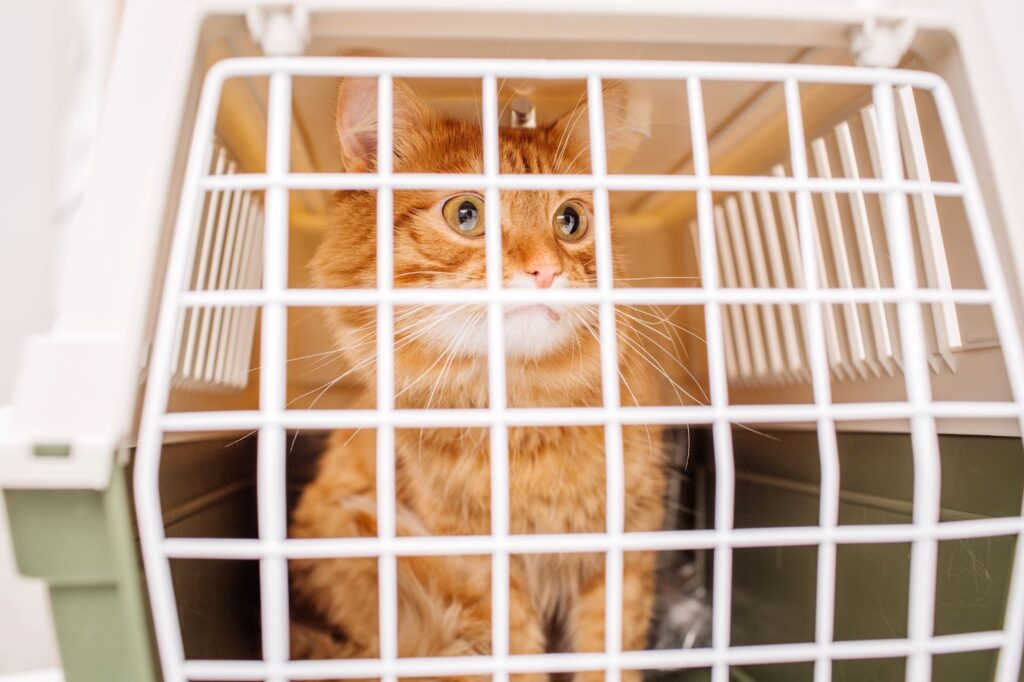The Guide to TNR for Cats: What You Should Know About This Life-Saving Practice

Have you ever heard of TNR for cats? TNR, or Trap-Neuter-Return, is a game-changing practice that has been revolutionizing the world of feline welfare. From reducing overpopulation to improving the lives of our furry friends, this life-saving technique is not only changing the lives of cats but also challenging everything we thought we knew about helping them.
This guide will help you understand and equip you with the knowledge needed to make a real difference in countless feline lives.
What is TNR for Cats?
TNR for cats is the process of trapping, spaying or neutering, and then returning feral or homeless cats to their original outdoor home. The goal of TNR is to humanely reduce the number of free-roaming cats, while also improving their quality of life.
When left unchecked, the population of feral and stray cats can quickly get out of control. In addition to causing nuisance behaviors like yowling and fighting, too many cats in an area can lead to overpopulation and disease. Trap-neuter-return programs help to stabilize cat populations by preventing them from reproducing.
If you are interested in starting a TNR program in your community, there are a few things you should know.
- it is important to find a reputable organization or individual who can help you with the trapping and sterilization process.
- Once you have found someone to help with that aspect, you will need to secure funding for the project and identify potential release sites for the cats.
- The best way to ensure that a TNR program is successful is to educate yourself and others about the importance of spaying and neutering all cats, whether they are feral or pet.
By working together, we can make a difference in the lives of countless animals and improve our communities at the same time.

Benefits of Cats TNR
There are many benefits of TNR, which is why it has become such a popular practice for managing feral cat populations. Perhaps the most important benefit is that
- it humanely reduces the number of feral cats over time. In addition
- Can improve the health of both individual cats and the overall feral cat population by reducing the spread of disease.
- TNR often leads to improved relationships between feral cats and humans, as well as between different groups of feral cats.
- Is a cost-effective way to manage feral cat populations, making it a win-win for everyone involved.
Common Challenges of TNR Programs
The most common challenge of TNR programs is the lack of public awareness. Other challenges include:
- Lack of funding
- Limited resources
- Inadequate facilities
- Opposition from some members of the community
Lack of public awareness
The primary challenge facing TNR programs. The general public is often unaware of the existence of TNR programs and the benefits they provide to both cats and the community. This lack of awareness makes it difficult to recruit volunteers and secure funding.
Limited resources
Another common challenge. Many TNR programs are run by volunteers with little or no financial support. This can make it difficult to trap and spay/neuter large numbers of cats. In addition, inadequate facilities can be a problem.
Some shelters do not have enough space to house all the cats that need to be spayed/neutered. As a result, these cats must be released back into the community before they can be treated, which defeats the purpose of the program.
We hope this guide to TNR has given you insight into the life-saving procedure and provided you with an understanding of why it is so important for cat populations.
If you want to help cats in your community, consider volunteering or donating to a local organization that works with feral cats and helps support them through TNR.
You can make a real difference by supporting TNR programs – just be sure to follow all safety protocols when dealing with any wild animals!
If you loved this article, you will also love reading our eBook Dubai Ruff Guide
For more furry destinations, the latest blogs, events, and providers you can stay updated by following us on Instagram and signing up for our newsletters.
